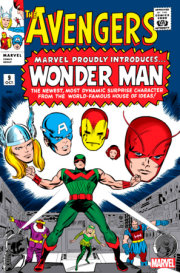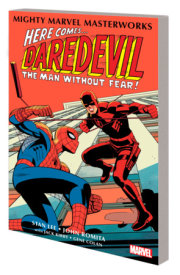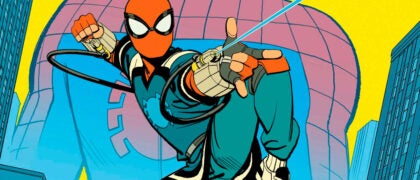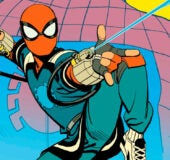Writer/editor Stan Lee (1922-2018) made comic-book history together with Jack Kirby in 1961 with Fantastic Four #1. The monumental popularity of its new style inspired Lee to develop similarly themed characters — including the Hulk and X-Men with Kirby, Spider-Man and Doctor Strange with Steve Ditko, and Daredevil with Bill Everett. After shepherding his creations through dozens of issues — in some cases a hundred or more — Lee allowed other writers to take over, but he maintained steady editorial control. Eventually, he helped expand Marvel into a multimedia empire. In recent years, his frequent cameo appearances in Marvel’s films established Lee as one of the world’s most famous faces.
Gerry Conway wrote Daredevil, Incredible Hulk, Iron Man and others. He was instrumental in Marvel’s 1970s horror boom with work on Man-Thing, Tomb of Dracula and Werewolf by Night. His years on Amazing Spider-Man yielded such historic highlights as the groundbreaking death of Gwen Stacy and the debut of the Punisher. He also wrote DC’s Batman, Superman, Wonder Woman and Legion of Super-Heroes. For TV, he has written and produced episodes of Diagnosis: Murder, Hercules: The Legendary Journeys, Huntress and Matlock.
Steve Englehart’s history-making contributions to the Marvel Universe began with the Beast’s solo feature in Amazing Adventures, in which the eloquent X-Man first assumed furry form. As Avengers writer, he masterminded such major events as “The Avengers/Defenders War” (in both teams’ titles) and “The Celestial Madonna Saga.” In Captain America, he identified and solved the “mystery” of the 1950s Captain America (later revived by Ed Brubaker), and gave the true Cap the alternate identity of Nomad. Englehart’s Dr. Strange storyline in Marvel Premiere established the character as Sorcerer Supreme and covered the creation of the universe itself. At DC, he helped revamp Batman, Green Lantern, Superman and other major heroes for the 1970s. Back at Marvel, he wrote the first few years of West Coast Avengers and Silver Surfer. His published novels include Countdown to Flight, Hellstorm (part of the TALON Force series), Majorca, The Point Man and, with wife Terry Beach, books in the DNAgers young-adult series. Englehart has also written TV episodes and designed video games.
Born Jacob Kurtzberg in 1917 to Jewish-Austrian parents on New York’s Lower East Side, Jack Kirby came of age at the birth of the American comic book industry. Beginning his career during the rising tide of Nazism, Kirby and fellow artist Joe Simon created the patriotic hero Captain America. Cap’s exploits on the comic book page entertained millions of American readers at home and inspired U.S. troops fighting the enemy abroad. When World War II ended, the public’s interest in super heroes waned; Kirby turned his artistic talents during the 1950s to other genres, such as monsters, Westerns and crime — as well as the first-of-its-kind Young Romance Comics. In 1961, Kirby returned to super heroes to illustrate what would become the defining issue in Marvel Comics history: Fantastic Four #1. Written by Stan Lee, the team’s debut revolutionized the industry overnight. In contrast to the staid artwork of his predecessors, Kirby’s illustrations seemed to leap off the page with eye-popping action and drama. For the next decade, Kirby and Lee would introduce a mind-boggling array of new characters — including the Avengers, the Hulk, Thor, Iron Man, the Silver Surfer and the X-Men. Taken together, Kirby’s groundbreaking work with Lee formed the foundation of the Marvel Universe. In the early 1970s, Kirby moved to DC Comics, where his boundless creativity continued. He returned to Marvel in 1975, writing and illustrating Captain America and introducing his final major concept, the Eternals. With the explosion of TV animation during the 1980s, Kirby’s talents turned to the small screen. Comic fans quickly recognized his work on such series as Thundarr the Barbarian and Turbo Teen. Kirby died in 1994, but his influence on the comic book industry is as strong as ever. His work has inspired a generation of professional artists and modern writers who continue to explore his vast universe of concepts and characters.
John Buscema (1927-2002) literally wrote the book on being a Marvel artist — namely, How To Draw Comics the Marvel Way — and few were better qualified. His career dated back to the Timely/Atlas era of the late ’40s and early ’50s. Soon after beginning the Marvel Age of Comics, Stan Lee recruited Buscema from the advertising field to the Marvel Bullpen. Buscema followed a long run on Avengers with the long-anticipated first Silver Surfer series. He subsequently succeeded Jack Kirby on Fantastic Four, Thor and other titles. By the time of his retirement in 1996, Buscema had penciled nearly every Marvel title — including his personal favorite, Conan the Barbarian.
Kerry Gammill has illustrated Fantastic Four and Power Man and Iron Fist for Marvel, and DC’s Superman. In Marvel Team-Up, he and J.M. DeMatteis introduced Frog-Man and the White Rabbit, and he penciled Louise Simonson’s scripts on Fallen Angels. Moving to the film industry, Gammill served as a special-effects artist, character designer and storyboard artist on such projects as Species II and Tremors: The Series. He also became one of the guiding minds behind Monster Kid Magazine, a publication focusing on classic monster movies of another era.





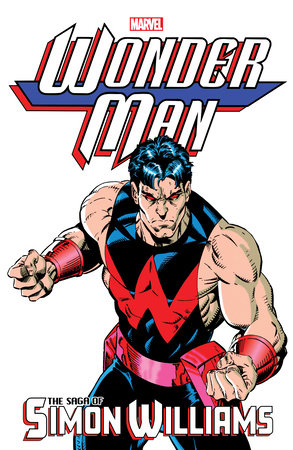
![Amazing Spider-Man Epic Collection: The Goblin's Last Stand [New Printing 2]](https://images.penguinrandomhouse.com/cover/9781302967796?width=180)
![The Invincible Iron Man Omnibus Vol. 4 Jack Kirby Cover [DM Only]](https://images.penguinrandomhouse.com/cover/9781302968298?width=180)
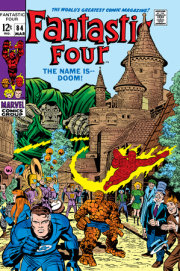
![The Avengers Omnibus Vol. 6 Jack Kirby Cover [DM Only]](https://images.penguinrandomhouse.com/cover/9781302968274?width=180)
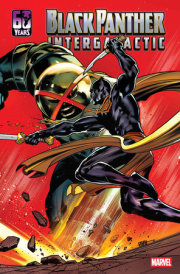
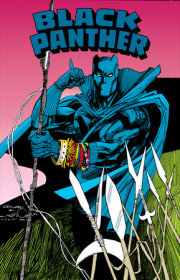
![Black Panther: Panther'S Prey Omnibus Jack Kirby Cover [DM Only]](https://images.penguinrandomhouse.com/cover/9781302967666?width=180)
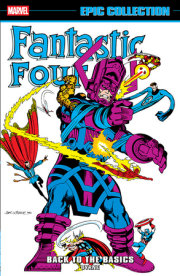
![FANTASTIC FOUR #52 FACSIMILE EDITION [NEW PRINTING]](https://images.penguinrandomhouse.com/cover/75960621565205211?width=180)
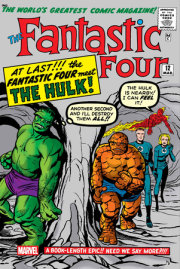
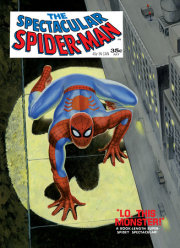
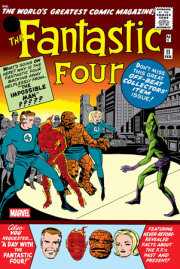
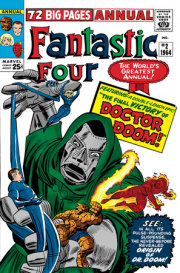
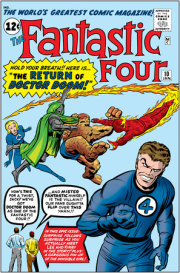
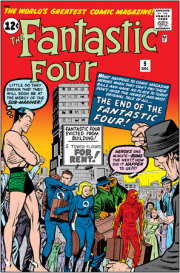
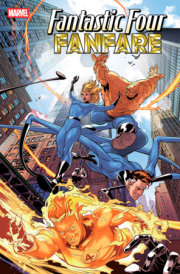
![Marvel Masterworks: The Amazing Spider-Man Vol. 4 [Remasterworks]](https://images.penguinrandomhouse.com/cover/9781302956066?width=180)
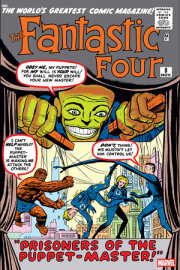
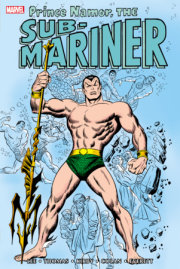

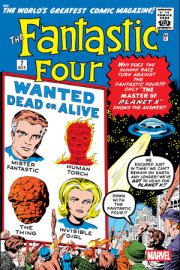
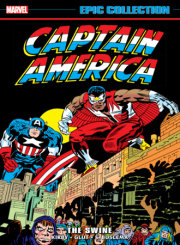
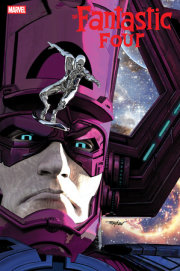
![Marvel Masterworks: The Silver Surfer Vol. 1 [Remasterworks]](https://images.penguinrandomhouse.com/cover/9781302956042?width=180)


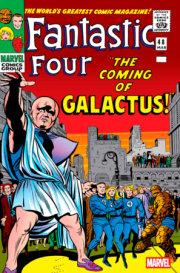

![Silver Surfer Omnibus Vol. 1 John Buscema First Issue Cover [New Printing 2]](https://images.penguinrandomhouse.com/cover/9781302963583?width=180)
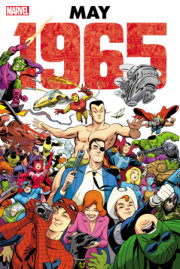
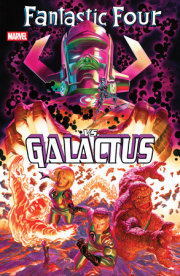

![Marvel Masterworks: Captain America Vol. 1 [Remasterworks]](https://images.penguinrandomhouse.com/cover/9781302956028?width=180)
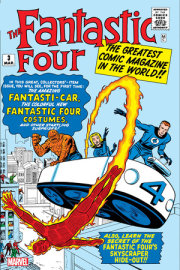
![FANTASTIC FOUR #1 FACSIMILE EDITION [NEW PRINTING 2]](https://images.penguinrandomhouse.com/cover/75960621319100111?width=180)
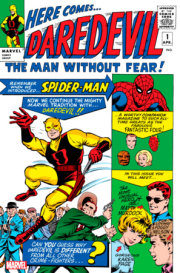
![Marvel Masterworks: The Fantastic Four Vol. 3 [Remasterworks]](https://images.penguinrandomhouse.com/cover/9781302956004?width=180)
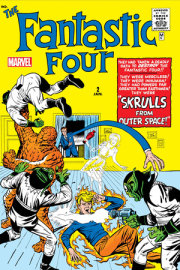
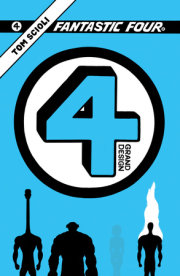

![FANTASTIC FOUR #1 FACSIMILE EDITION [NEW PRINTING]](https://images.penguinrandomhouse.com/cover/75960621066400111?width=180)
![Mighty Marvel Masterworks: The Incredible Hulk Vol. 4 - Let There Be Battle Original Cover [DM Only]](https://images.penguinrandomhouse.com/cover/9781302954376?width=180)
![CAPTAIN AMERICA #117 FACSIMILE EDITION [NEW PRINTING]](https://images.penguinrandomhouse.com/cover/75960621198211711?width=180)
![Marvel Masterworks: The Uncanny X-Men Vol. 2 [Remasterworks]](https://images.penguinrandomhouse.com/cover/9781302951467?width=180)

![Fantastic Four Epic Collection: World's Greatest Comic Magazine [New Printing 2]](https://images.penguinrandomhouse.com/cover/9781302960421?width=180)
![Captain America Omnibus Vol. 2 Carlos Pacheco Cover [New Printing]](https://images.penguinrandomhouse.com/cover/9781302958398?width=180)
![Incredible Hulk Epic Collection: Man Or Monster? [New Printing 2]](https://images.penguinrandomhouse.com/cover/9781302960438?width=180)
![Mighty Marvel Masterworks: The Mighty Thor Vol. 4 - When Meet The Immortals Original Cover [DM Only]](https://images.penguinrandomhouse.com/cover/9781302954253?width=180)
![Marvel Masterworks: The Amazing Spider-Man Vol. 3 [Remasterworks]](https://images.penguinrandomhouse.com/cover/9781302951429?width=180)
![The Invincible Iron Man Omnibus Vol. 2 Salvador Larroca Cover [New Printing]](https://images.penguinrandomhouse.com/cover/9781302958992?width=180)
![Mighty Marvel Masterworks: The Avengers Vol. 4 - The Sign Of The Serpent Original Cover [DM Only]](https://images.penguinrandomhouse.com/cover/9781302954291?width=180)
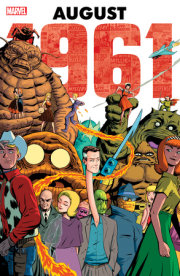
![Marvel Masterworks: The Avengers Vol. 2 [Remasterworks]](https://images.penguinrandomhouse.com/cover/9781302951405?width=180)
![Avengers Epic Collection: Earth's Mightiest Heroes [New Printing]](https://images.penguinrandomhouse.com/cover/9781302957988?width=180)
![Captain America Epic Collection: Bucky Reborn [New Printing]](https://images.penguinrandomhouse.com/cover/9781302957858?width=180)
![Mighty Marvel Masterworks: Daredevil Vol. 3 - Unmasked [DM Only]](https://images.penguinrandomhouse.com/cover/9781302954277?width=180)
![X-Men Epic Collection: Children Of The Atom [New Printing 2]](https://images.penguinrandomhouse.com/cover/9781302957834?width=180)
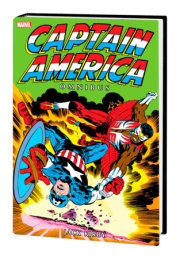
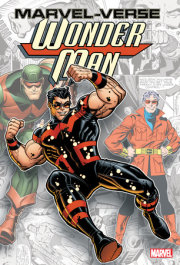
![Mighty Marvel Masterworks: Captain America Vol. 3 - To Be Reborn [DM Only]](https://images.penguinrandomhouse.com/cover/9781302954314?width=180)
![Amazing Spider-Man Epic Collection: The Secret Of The Petrified Tablet [New Printing]](https://images.penguinrandomhouse.com/cover/9781302957810?width=180)
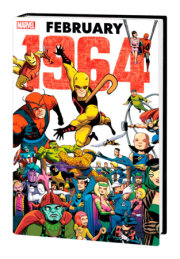
![X-MEN 4 FACSIMILE EDITION [NEW PRINTING]](https://images.penguinrandomhouse.com/cover/75960620888300411?width=180)
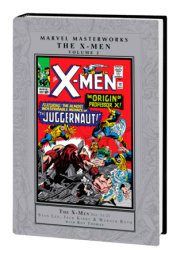

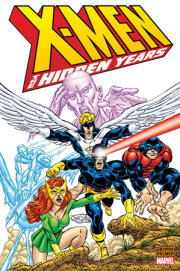
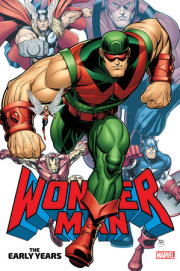
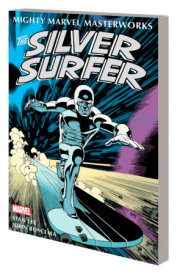
![Mighty Marvel Masterworks: The Silver Surfer Vol. 1 - The Sentinel Of The Spaceways [DM Only]](https://images.penguinrandomhouse.com/cover/9781302949105?width=180)

![Daredevil Epic Collection: Mike Murdock Must Die! [New Printing]](https://images.penguinrandomhouse.com/cover/9781302950569?width=180)
![Marvel Masterworks: The Fantastic Four Vol. 2 [DM Only]](https://images.penguinrandomhouse.com/cover/9781302951351?width=180)

![Mighty Marvel Masterworks: The Incredible Hulk Vol. 3 - Less Than Monster, More Than Man [DM Only]](https://images.penguinrandomhouse.com/cover/9781302949044?width=180)
![Marvel Masterworks: The X-Men Vol. 1 [DM Only]](https://images.penguinrandomhouse.com/cover/9781302951290?width=180)
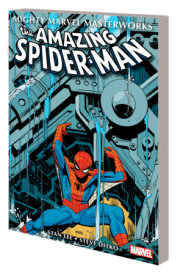
![Mighty Marvel Masterworks: The Amazing Spider-Man Vol. 4 - The Master Planner [DM Only]](https://images.penguinrandomhouse.com/cover/9781302949006?width=180)
![Marvel Masterworks: The Fantastic Four Vol. 1 [DM Only]](https://images.penguinrandomhouse.com/cover/9781302951276?width=180)
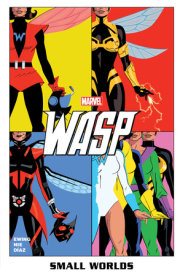

![Marvel Masterworks: The Amazing Spider-Man Vol. 1 [DM Only]](https://images.penguinrandomhouse.com/cover/9781302951252?width=180)
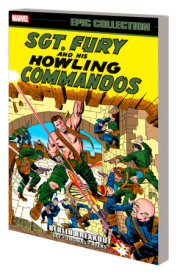
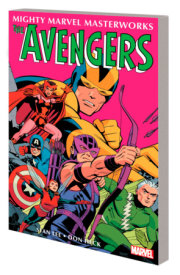
![Mighty Marvel Masterworks: The Avengers Vol. 3 - Among Us Walks A Goliath [DM Only]](https://images.penguinrandomhouse.com/cover/9781302948962?width=180)
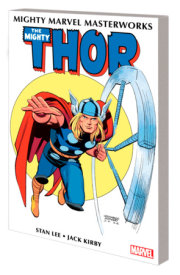
![Mighty Marvel Masterworks: The Mighty Thor Vol. 3 - The Trial Of The Gods [DM Only]](https://images.penguinrandomhouse.com/cover/9781302948948?width=180)
![Fantastic Four Epic Collection: The Coming Of Galactus [New Printing 2]](https://images.penguinrandomhouse.com/cover/9781302950415?width=180)
